
Published:
Readtime: 6 min
Every product is carefully selected by our editors and experts. If you buy from a link, we may earn a commission. Learn more. For more information on how we test products, click here.
In a bid to blur the lines between land and water, French sports powerhouse Decathlon has rolled out its latest innovation: the HydroBike. Teaming up with Outercraft, a leading product strategy agency, the new watercraft lands somewhere between a stand-up paddle-board, pedal boat and personal catamaran, delivering a unique mode of transport for water lovers
Paddle sports have long been seen as a domain reserved for seasoned water warriors, leaving newcomers feeling like fish out of water. Recognising this barrier, Decathlon’s design mavens plunged into uncharted waters to create an inclusive aquatic experience centred around pedalling—a universal activity as familiar as riding a bike.
The HydroBike emerges as a pedal-powered watercraft designed for optimal efficiency and boundless adventure. Its expansive platform caters to various activities, from frolicsome play for the young ones to serene fishing or even overnight camping escapades. Modular in design and fortified with safety features, every aspect, from the seat to the storage systems, is meticulously crafted to ensure a seamless and secure voyage.
According to Florian Auger, founder and designerat Outercraft, the idea for the Hydrobike originated from the design team’s user research efforts aimed at creating meaningful outdoor experiences and unlocking new ways of enjoyment.
“Through our research, we discovered that traditional paddle sports such as Stand Up Paddle and kayaking require good physical condition and balance, which limits accessibility to a majority of the population,” Auger tells Man of Many. “Additionally, the challenges of purchasing, storing, and transporting watercraft further restrict participation. Our study revealed that bicycles are universally familiar and comfortable for everyone, making the Hydrobike concept the most promising solution.”
What sets the HydroBike apart is its collaboration with Outercraft, a product strategy and industrial design mastermind. This dynamic duo birthed what it describes as a “vision for the future of nautical mobility and the sports economy” through a synergy of skills and ideation sessions. Drawing from Decathlon’s prowess in nautical sports and Outercraft’s expertise in innovation, the HydroBike epitomises the pinnacle of partnership-driven progress.
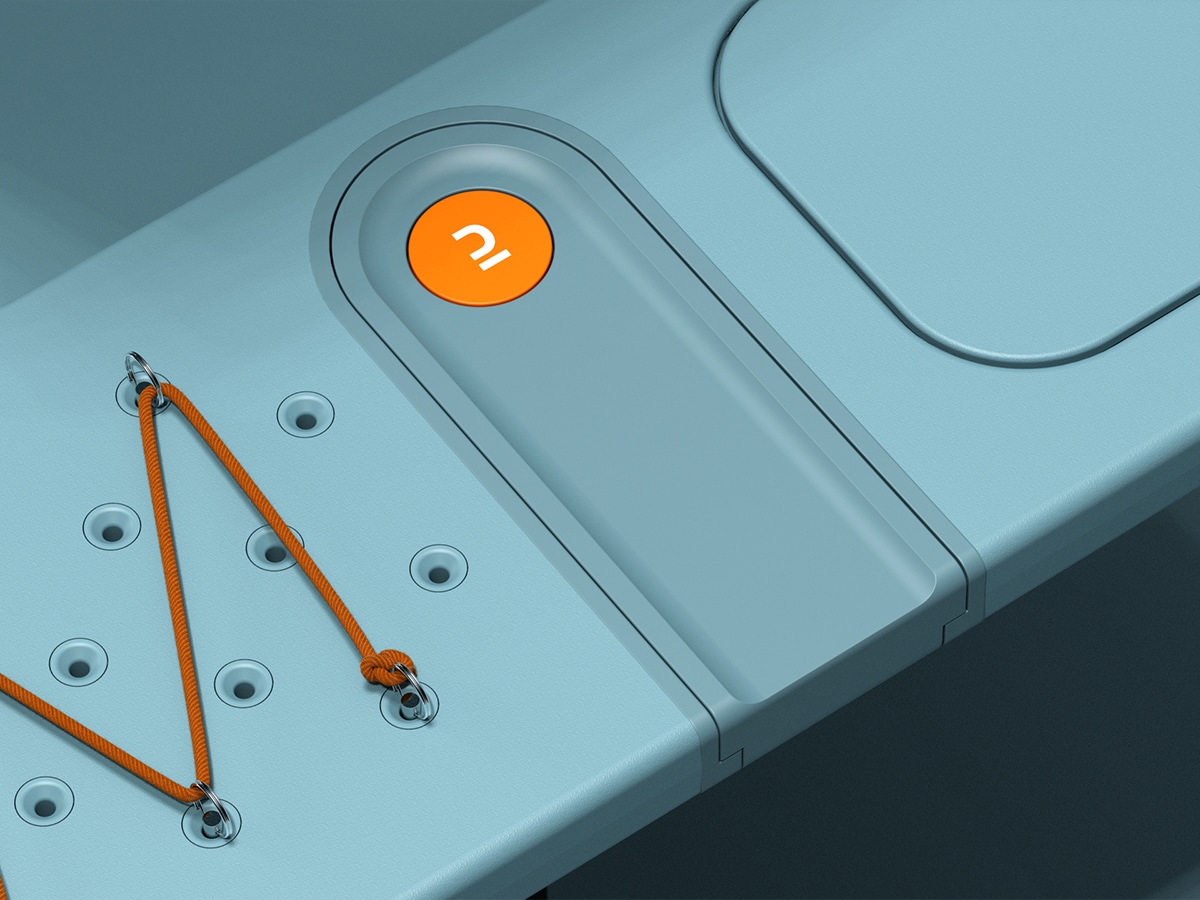
“The Hydrobike represents a fundamental shift towards a service-based economy rather than simply selling products. This shift presents an opportunity to create more value with fewer resources,” Auger says. “The Hydrobike embodies this vision by offering exciting and marveling experiences that enable people to enjoy nature respectfully. By harnessing human power with high efficiency and eliminating the need for energy, we are rewriting the narrative for the nautical industry and inspiring people to embrace new ways of experiencing lakes and seas.”
“While accessibility has always been a core value for the brand, there has been a shift in priorities towards environmental sustainability in recent years,” he contionues. “Implementing such changes within a large organization like Decathlon is challenging, which is why we partnered with OUTERCRAFT for this project to explore innovative product and experience design approaches.”
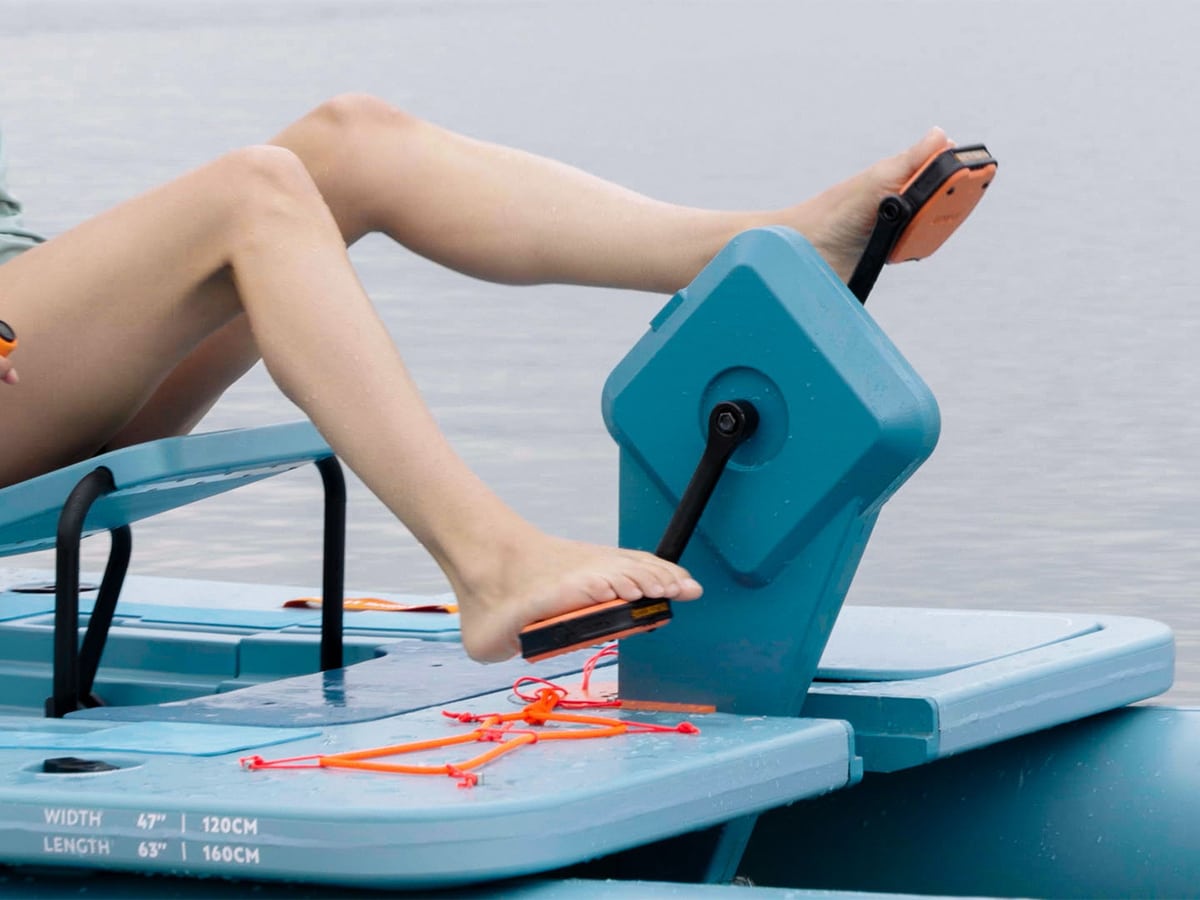
But the HydroBike is more than just a floating fantasy; according to Decathlon, it’s a testament to the functionality economy. Designed for rental, it aims to ‘democratise premium experiences’ without burdening enthusiasts with ownership costs. This strategic shift not only enhances accessibility but also champions sustainability, with features like inflatable floats for easy repairability and recyclable components ensuring a light ecological footprint.
“At the product level, the Hydrobike is designed for endless reparability, with all parts easily dismantled and manufactured using common processes that allow for local production,” Auger says. “We prioritize recyclable materials such as polypropylene and aluminium, ensuring that old parts can be recycled and new ones can be made from recycled materials, further contributing to a circular economy.”
And by sharing its research and fostering collaboration, the brand seeks to inspire a ripple effect of positive change across the market. Moreover, the HydroBike serves as a compass guiding Decathlon’s product evolution towards eco-design and environmental consciousness, proving that innovation and sustainability can navigate hand in hand.
So, as the HydroBike sets sail into uncharted waters, it signals a new chapter in nautical mobility and a bold leap towards a future where adventure knows no bounds and sustainability steers the course.
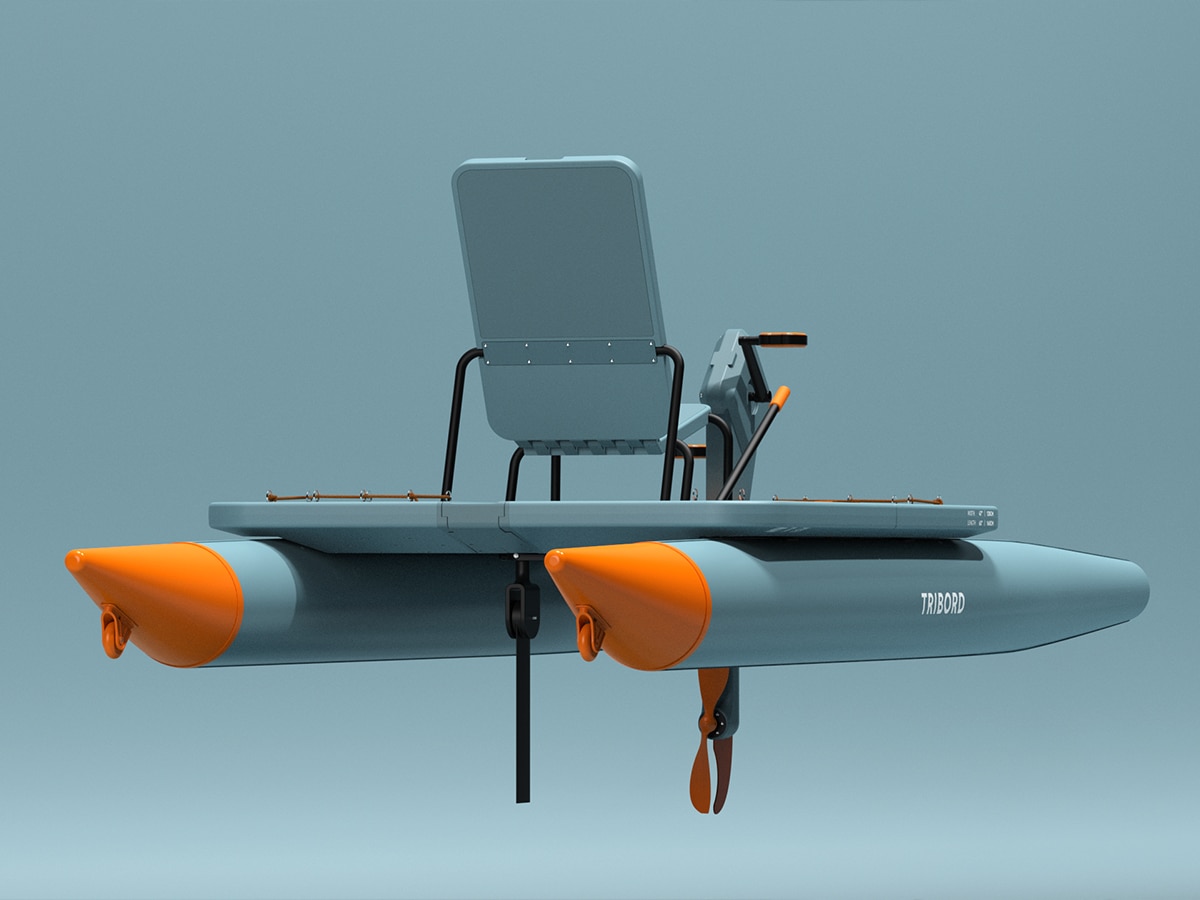
What is a Hydrobike?
A HydroBike is a pedal-powered watercraft designed for recreational use on bodies of water such as lakes, rivers, and calm coastal areas. It typically features a stable platform with pedals similar to those found on a bicycle, allowing users to propel themselves forward through the water by pedalling. HydroBikes are designed to offer a fun and eco-friendly way to explore waterways, combining the familiar activity of cycling with the enjoyment of being on the water. They are often used for leisurely rides, fishing, sightseeing, and fitness activities.
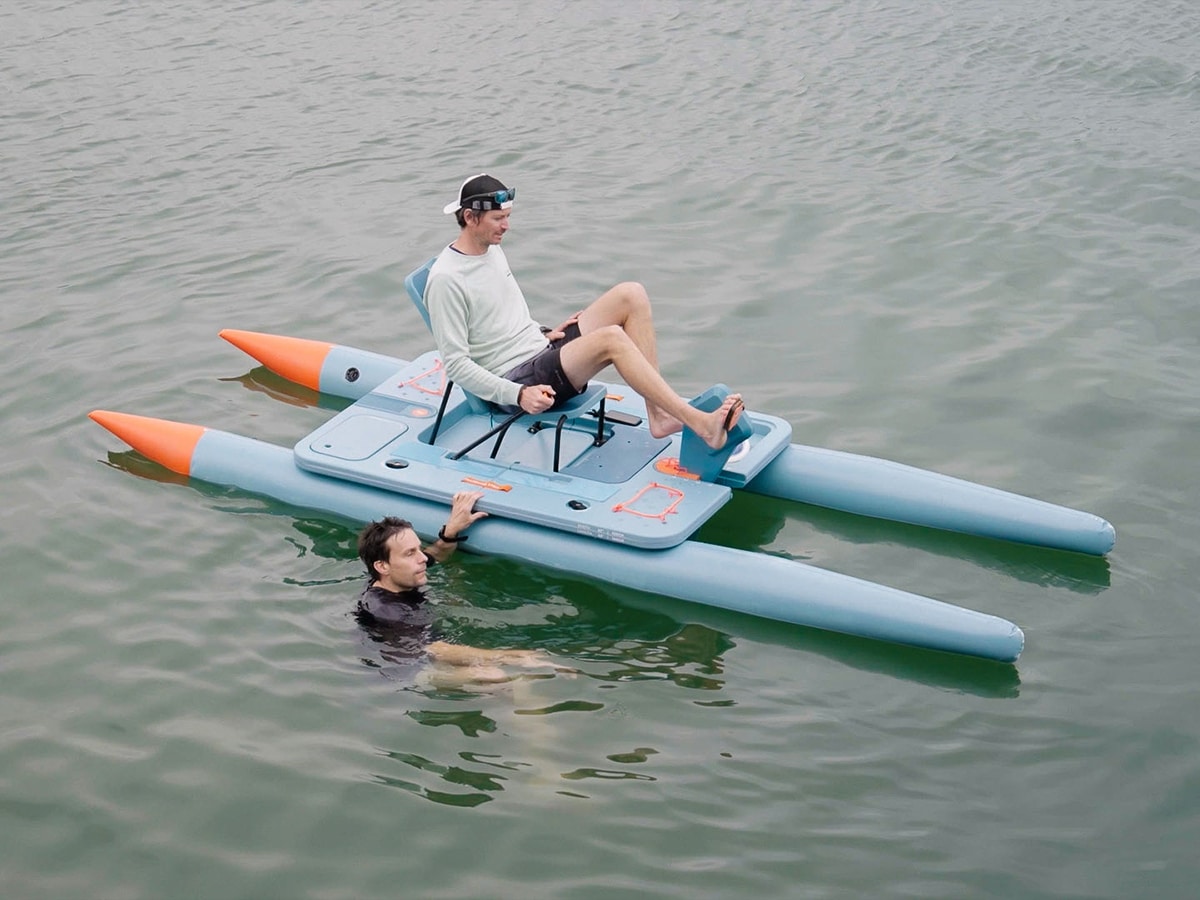
What are the Benefits of Using a HydroBike?
HydroBikes offer numerous benefits for outdoor enthusiasts. Firstly, they provide a fun and engaging way to explore bodies of water, allowing users to enjoy the scenery while getting some exercise. Additionally, HydroBikes are eco-friendly, as they are pedal-powered and do not require fuel or electricity, making them a sustainable option for water recreation.
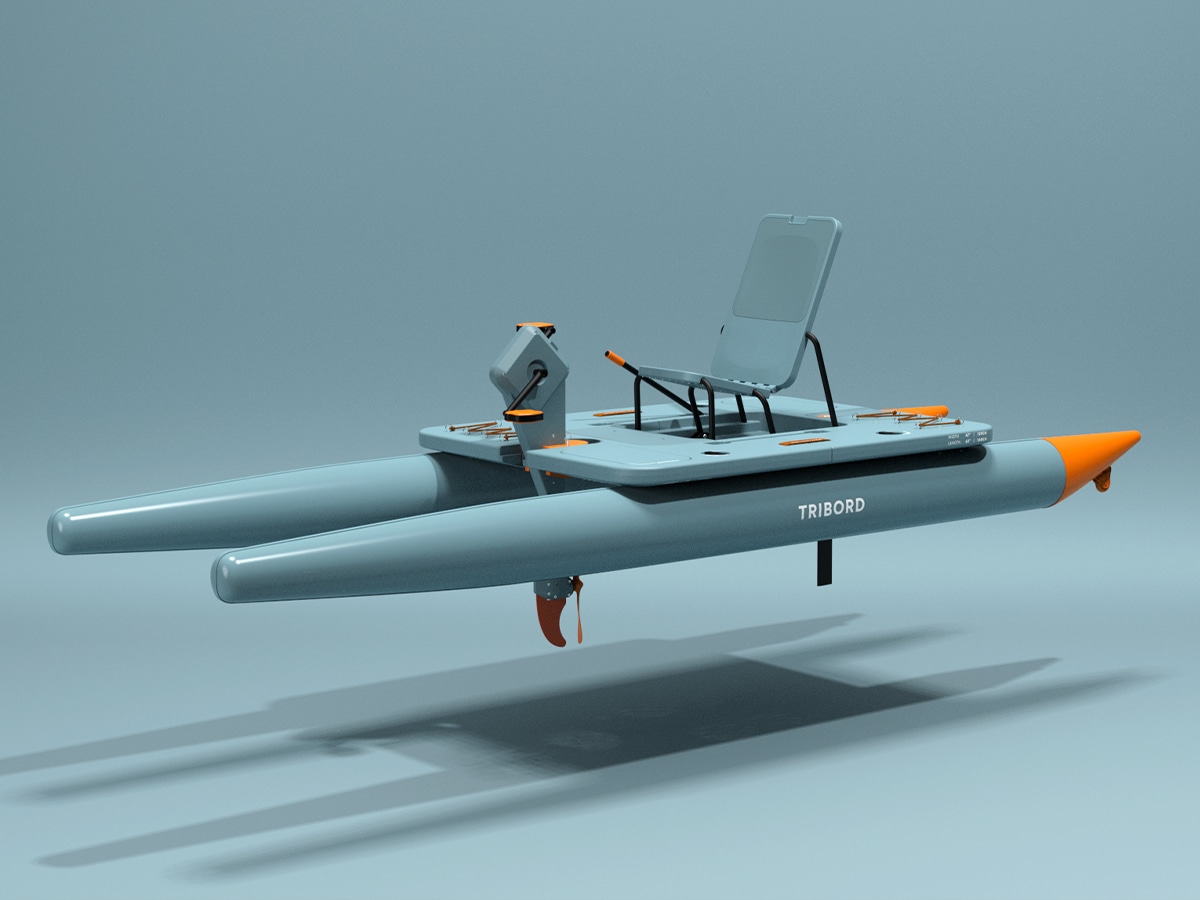
Is it Difficult to Learn How to Use a HydroBike?
One of the advantages of HydroBikes is their user-friendly design, which makes them easy to operate even for beginners. Learning how to use a HydroBike typically requires minimal instruction and practice. The basic concept of pedalling to propel the watercraft forward is intuitive for most people, similar to riding a bicycle. HydroBikes are also really stable and easy to balance, making them harder to tip over. Most users can comfortably ride a HydroBike after just a few minutes of practice, making it an easily accessible water activity for individuals of all skill levels.
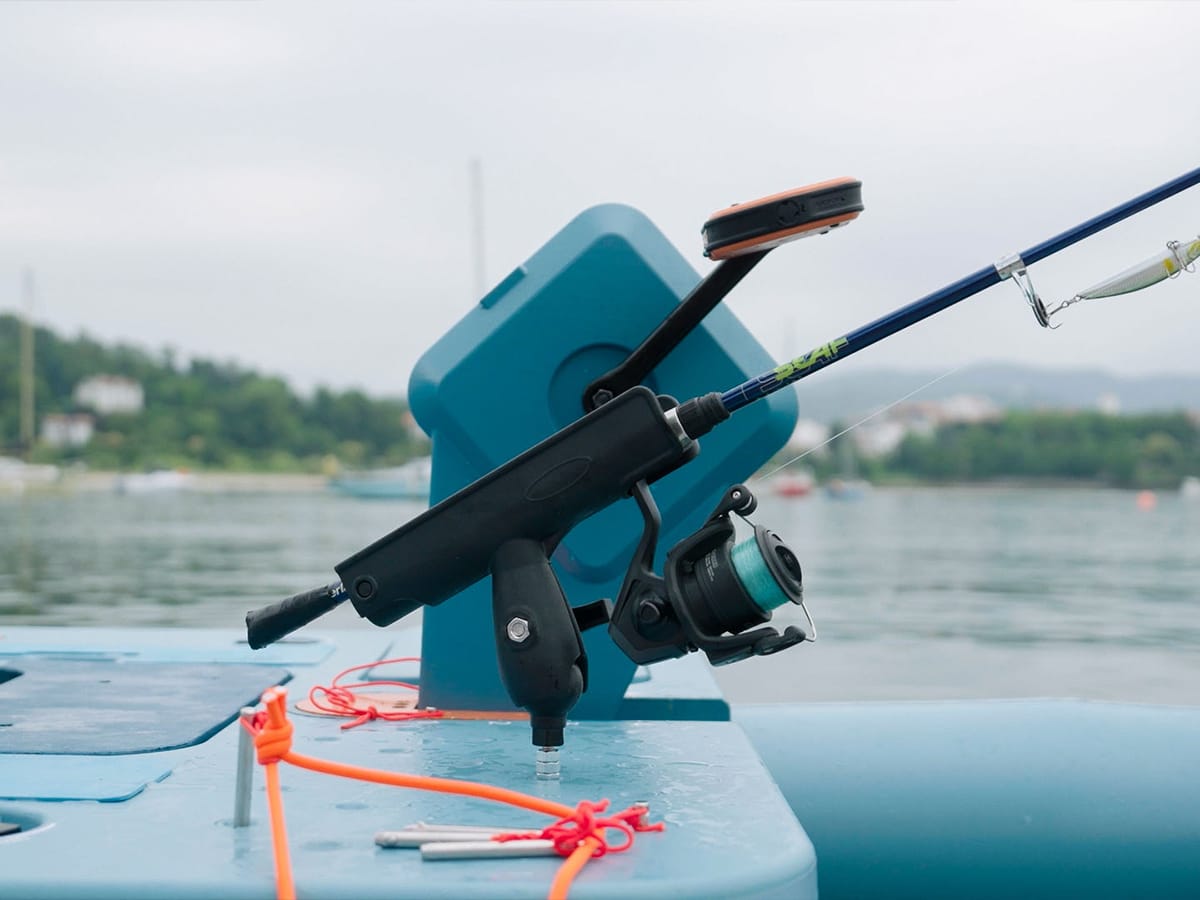
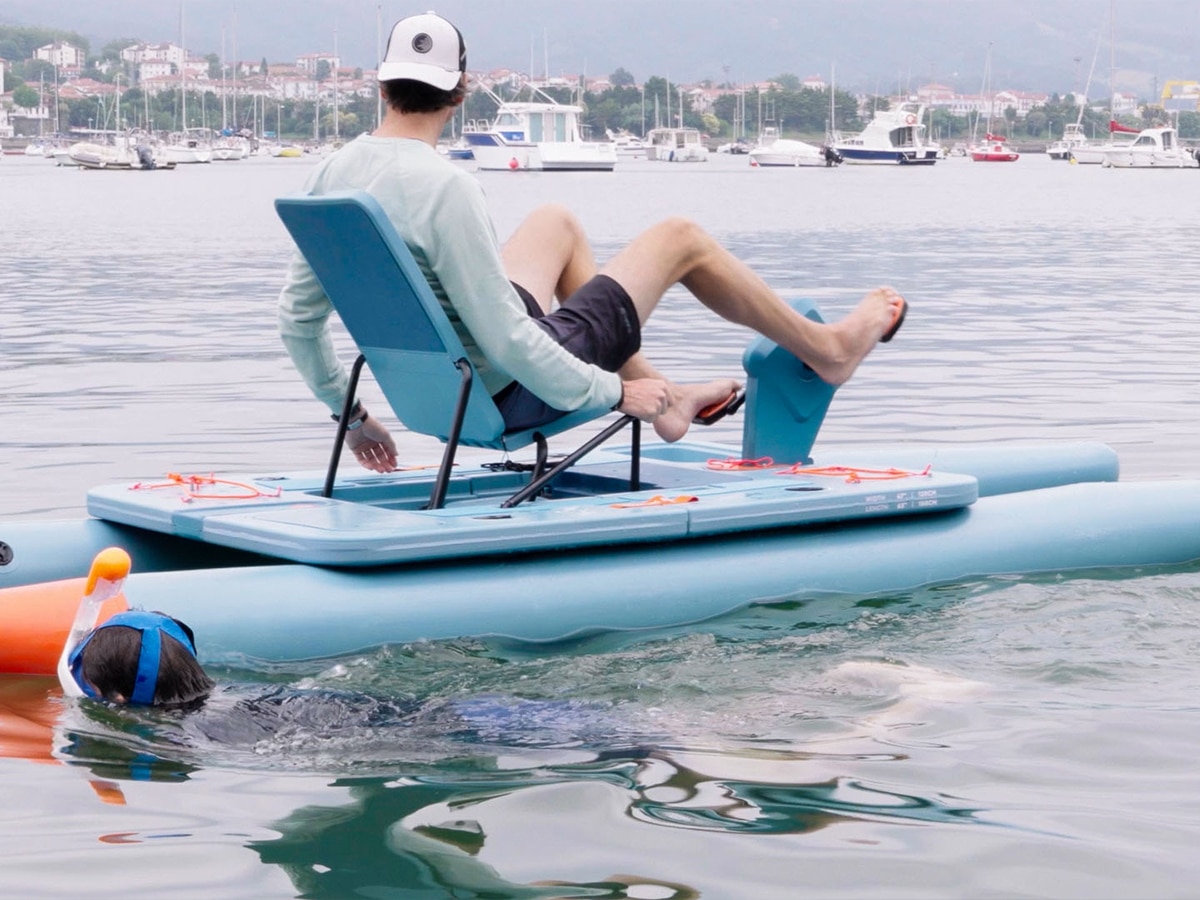
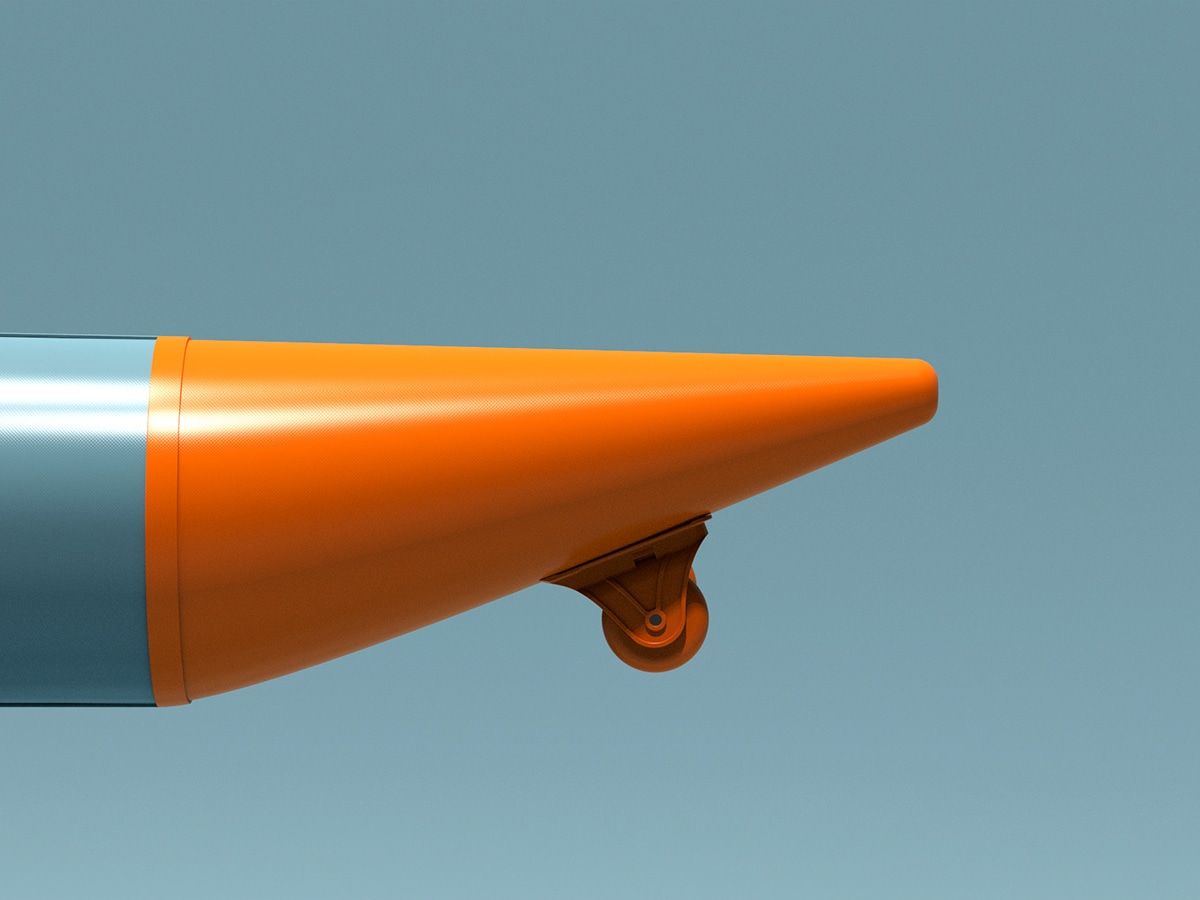
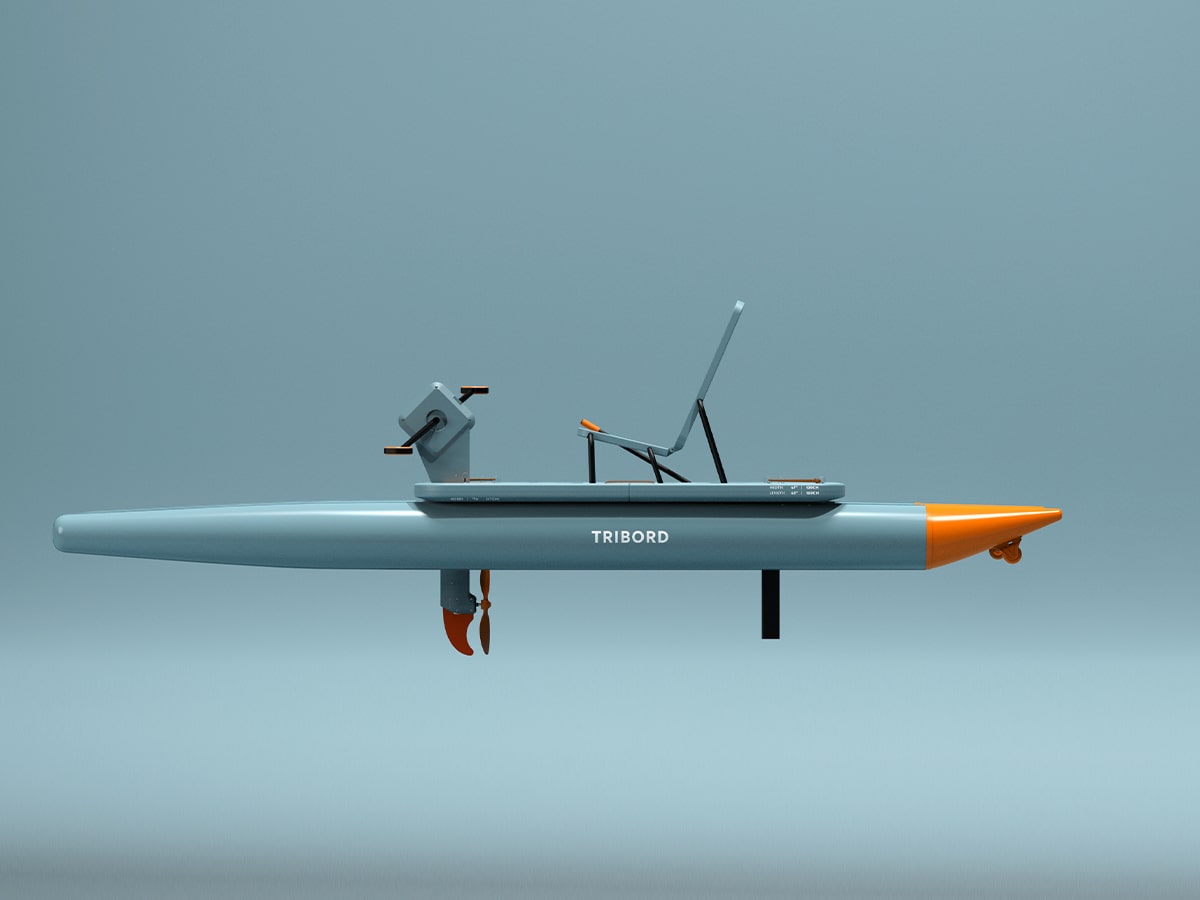
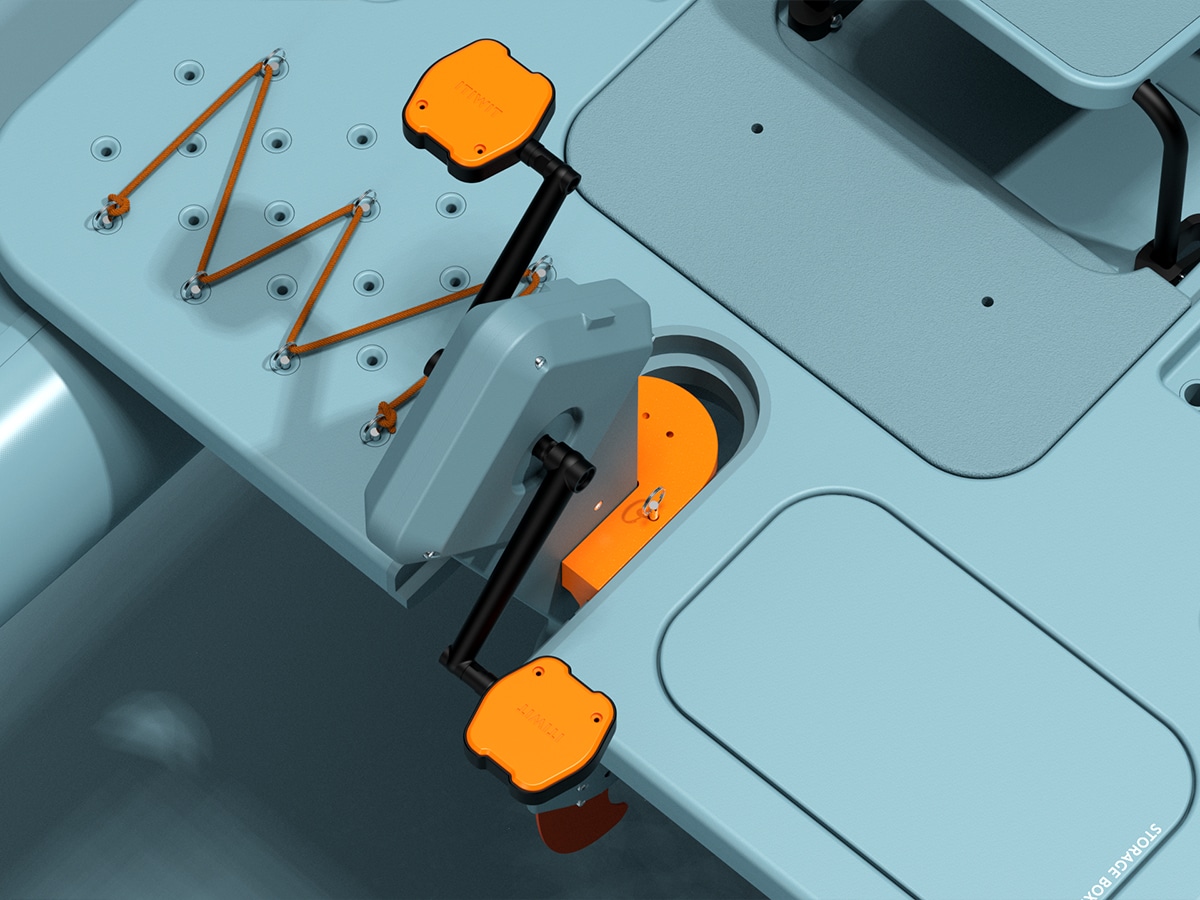
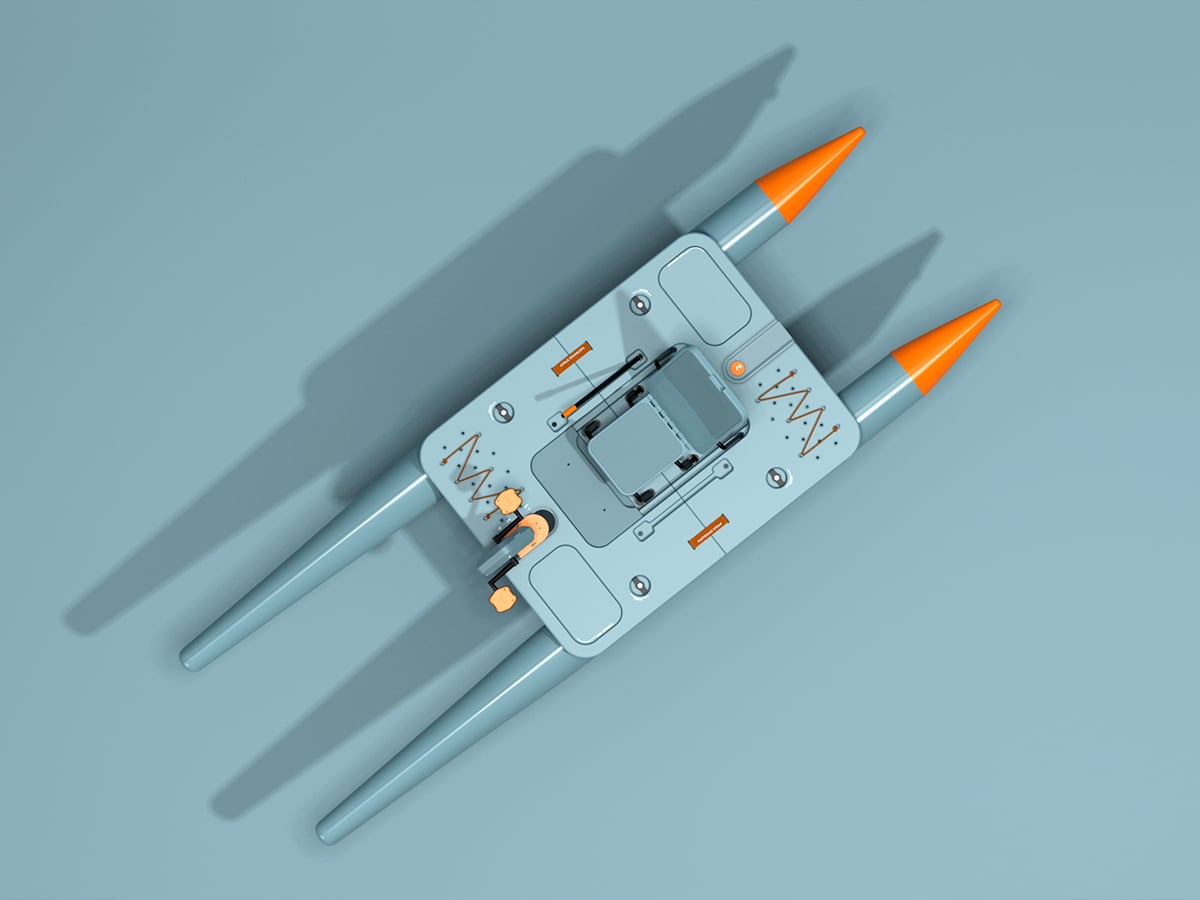
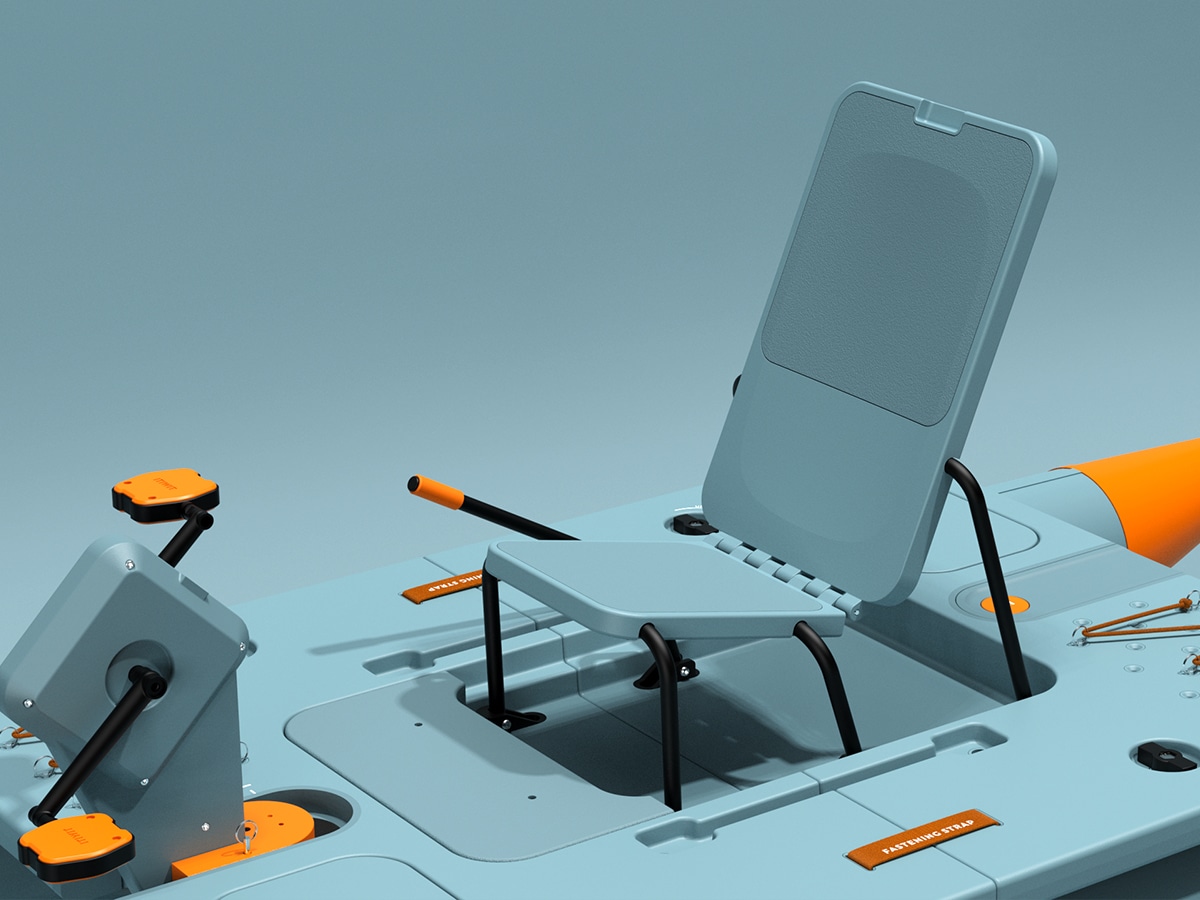

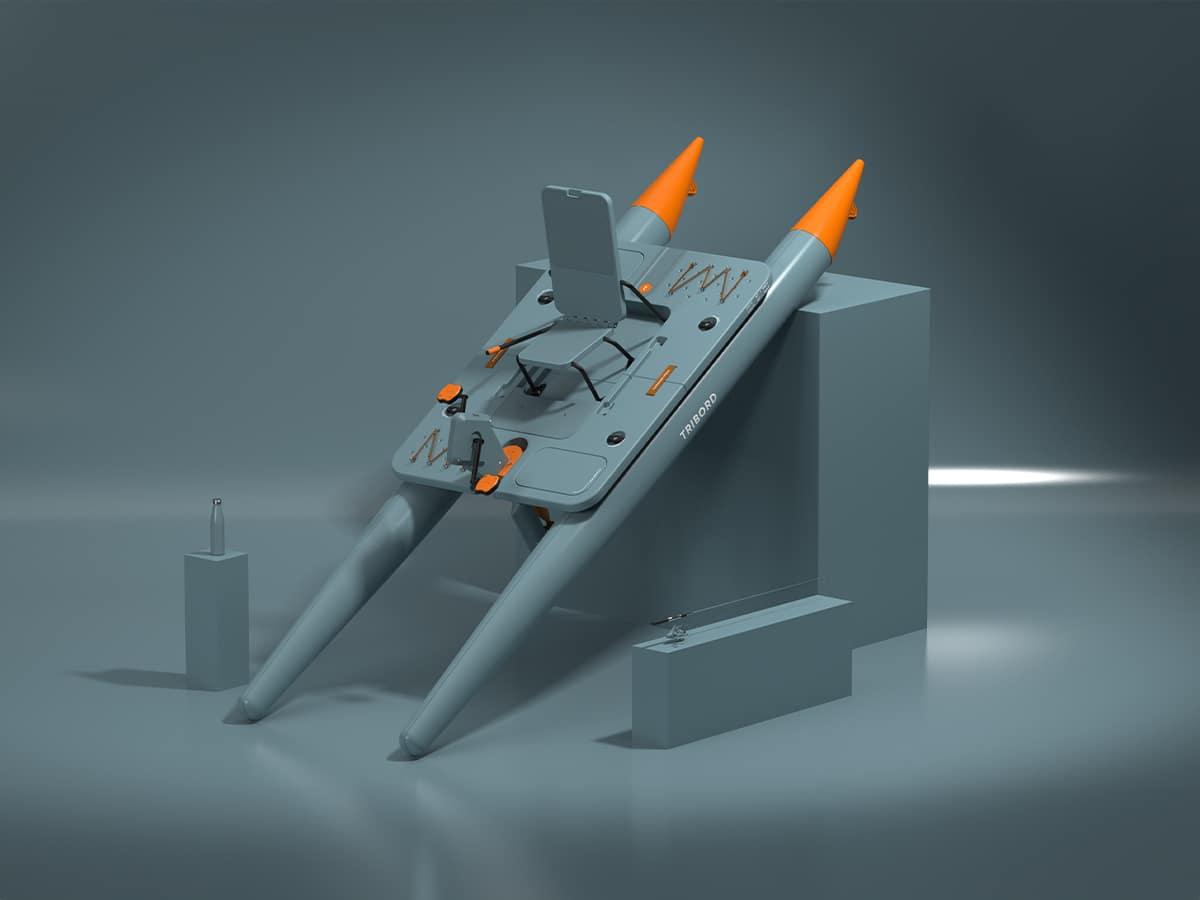






























Comments
We love hearing from you. or to leave a comment.